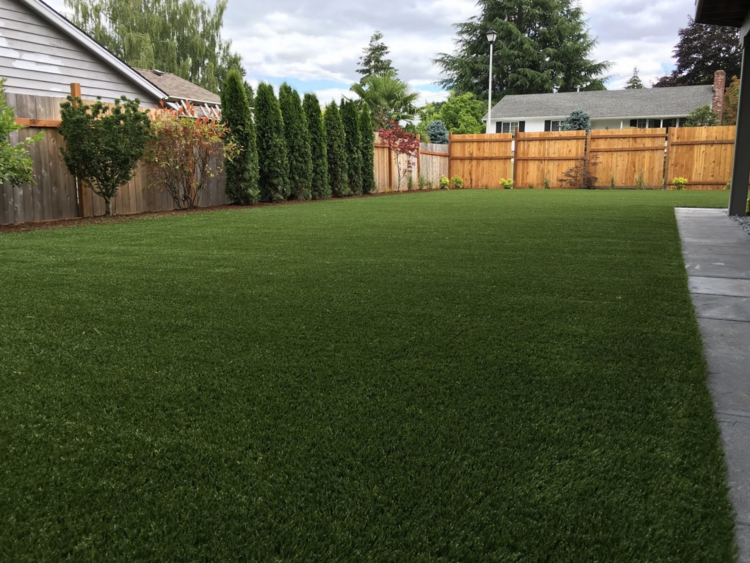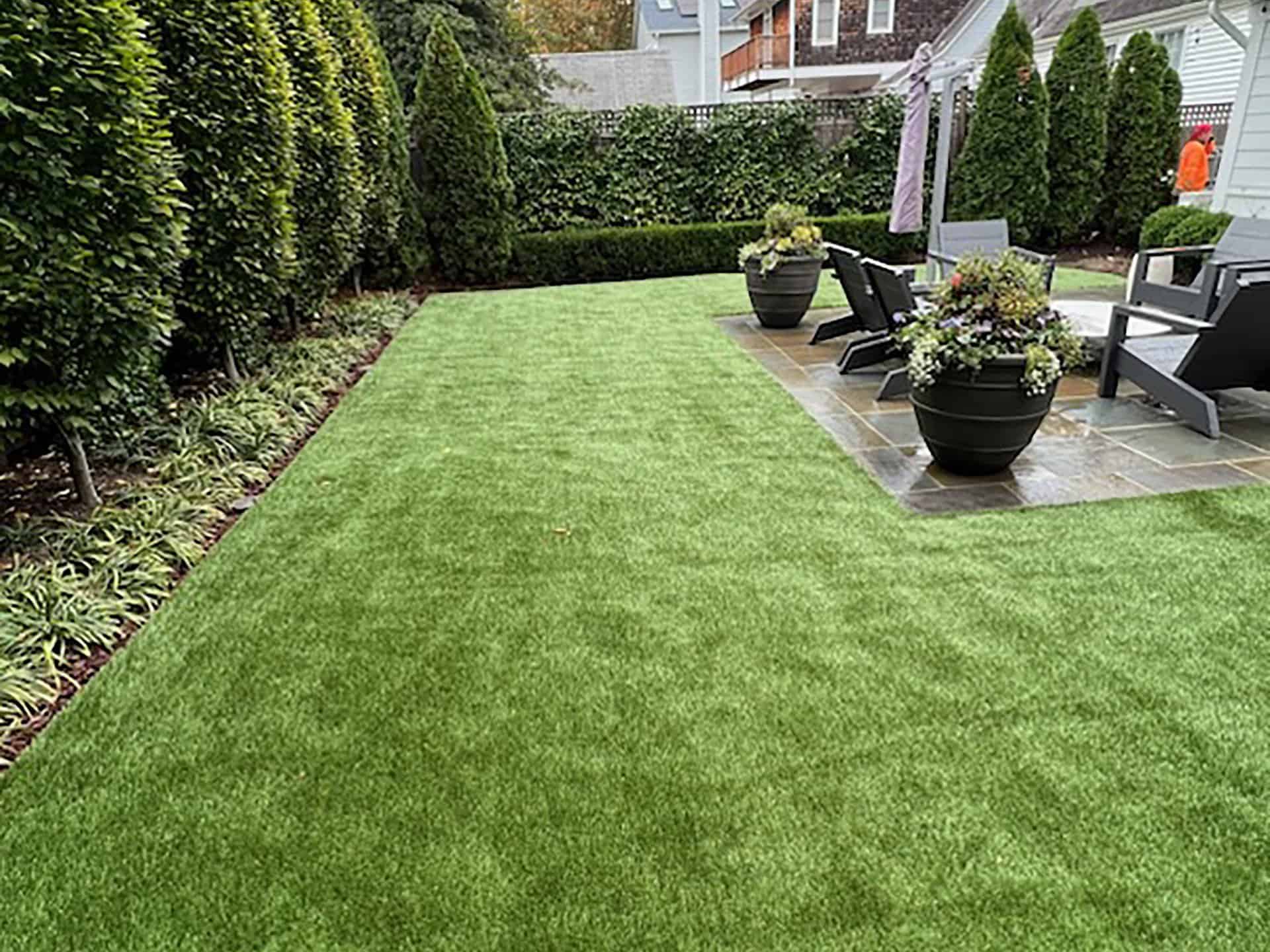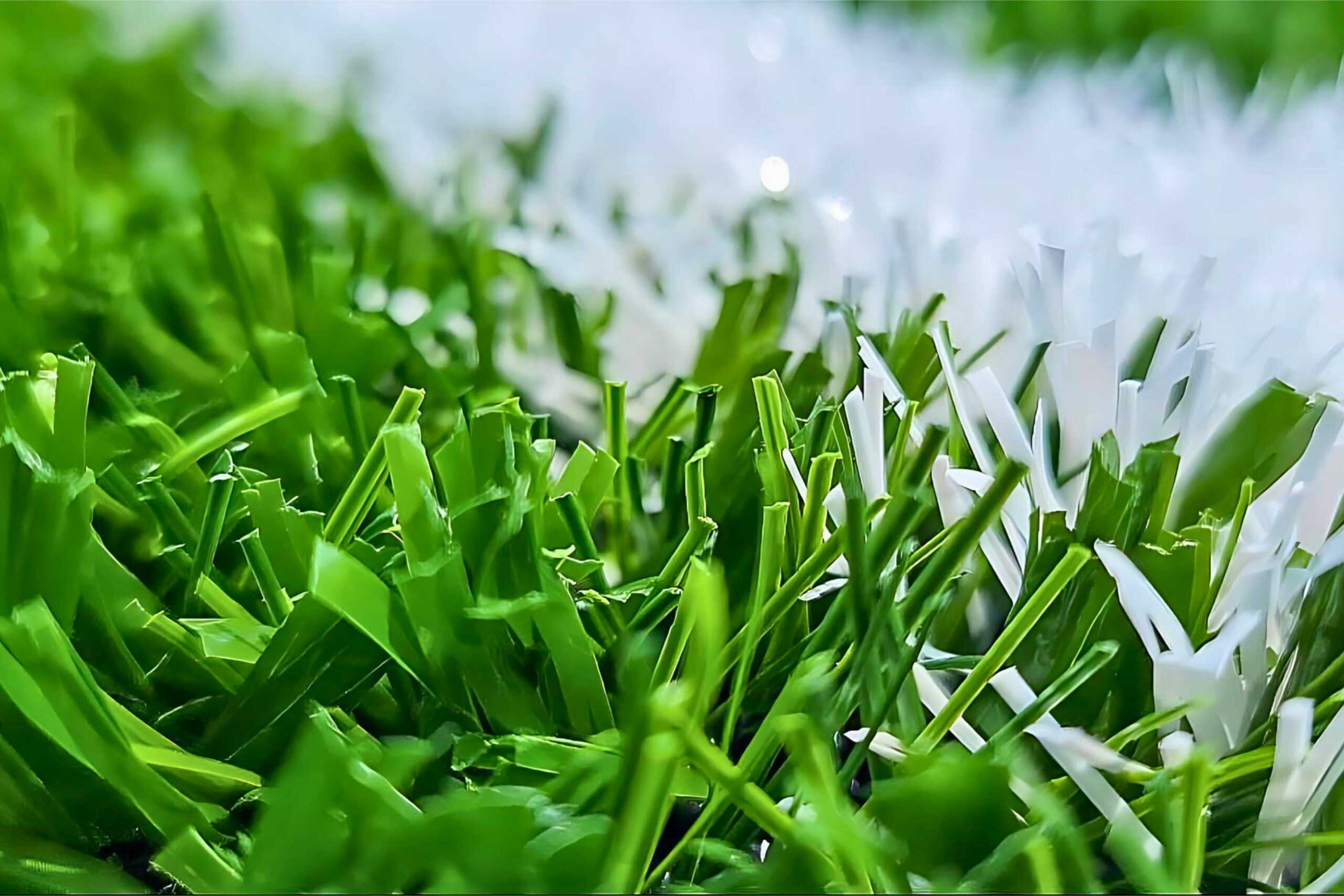Leading Phoenix Turf Companies Delivering High-End Synthetic Lawn Solutions
Leading Phoenix Turf Companies Delivering High-End Synthetic Lawn Solutions
Blog Article
Explore the Environmental Conveniences of Opting for Artificial Turf Solutions
The adoption of synthetic grass remedies offers an engaging chance to resolve pushing environmental difficulties. By substantially decreasing water use and lessening the application of damaging chemicals, these choices not just promote sustainable landscape design however additionally shield regional ecosystems. The lower carbon footprint associated with decreased maintenance activities adds to an extra sustainable method to land monitoring. The ramifications of these advantages prolong past mere preservation efforts, elevating questions concerning their long-lasting influence on habitat preservation and overall environmental equilibrium. Exploring these dimensions discloses a complicated interaction worth taking into consideration.
Water Conservation Perks
One of the most significant advantages of fabricated turf is its ability to save water. Standard grass yards need substantial watering, specifically in locations susceptible to drought or water limitations. In comparison, artificial grass does not need watering, considerably minimizing the overall demand for water resources. This feature is particularly valuable in deserts where water deficiency is a pushing problem.
By getting rid of the need for regular watering, synthetic grass adds to sustainable landscape techniques and assists minimize the environmental effect of excessive water usage. Furthermore, the preservation of water includes the reduction of drainage, which can lead to soil disintegration and river pollution.
In addition, the setup of synthetic grass enables home owners and municipalities to assign water resources extra efficiently, focusing on vital usages such as alcohol consumption water and farming. The shift in the direction of synthetic grass not only promotes responsible water usage however likewise lines up with more comprehensive environmental objectives intended at protecting natural deposits.
As areas significantly focus on sustainability, the water preservation advantages of fabricated lawn present a compelling situation for its adoption in commercial and property landscape design tasks.
Lowered Chemical Use
The shift to synthetic grass significantly lowers the dependence on chemical therapies frequently utilized in natural grass maintenance. Conventional turf administration usually entails the application of herbicides, plant foods, and pesticides to promote growth and control bugs. These chemicals can present risks to human health, local wildlife, and the environment, contributing to soil and water contamination.
On the other hand, synthetic grass eliminates the need for these harmful compounds. Once set up, it requires marginal upkeep, mostly containing normal cleaning and seldom infill replenishment. This reduction in chemical use not only profits the immediate atmosphere but additionally adds to wider eco-friendly stability. By decreasing the launch of artificial substances right into the ecological community, fabricated grass advertises healthier soil and water supply.
In addition, the absence of chemical drainage connected with fabricated turf installments aids shield local rivers from pollution, sustaining aquatic life and keeping biodiversity. Arizona turf. As areas increasingly prioritize lasting methods, choosing synthetic grass presents a practical service that aligns with ecological preservation goals. Via this shift, homeowner can take pleasure in lavish environment-friendly areas without compromising ecological health, leading the way for a much more sustainable future
Lower Carbon Footprint

Additionally, the installment of synthetic lawn can lead to considerable water preservation. Natural yards require substantial quantities of water for irrigation, which not only includes in the carbon impact associated with water extraction and treatment yet likewise stress regional water sources. In contrast, synthetic grass needs very little maintenance, calling for no watering, thereby dramatically decreasing water usage and its connected power costs.
Furthermore, the long life of synthetic grass adds to its reduced carbon impact. With a lifespan of as much as 15 years or even more, the requirement for constant substitutes is lessened, resulting in much less waste and reduced energy intake in production and taking care of traditional yard options. try this site In general, synthetic grass provides a sustainable option for environmentally conscious landscaping.
Habitat Conservation
Habitat preservation is an important consideration in the argument over landscaping selections, specifically when comparing synthetic grass to natural grass. All-natural grass yards frequently require comprehensive maintenance, including making use of pesticides, herbicides, and plant foods, which can adversely influence regional ecological communities. These chemicals can seep into the dirt and waterways, hurting indigenous plants and fauna and interfering with local environments.
In comparison, man-made grass presents a possibility to lower the environmental impact of landscape design. By selecting artificial turf, homeowners can lessen the interruption of all-natural habitats related to standard yard treatment practices. Synthetic grass removes the demand for unsafe chemicals, thereby protecting neighboring wild animals and maintaining the honesty of bordering communities. The installation of fabricated turf can lead to the conversion of former turf locations into more biodiverse landscapes, such as pollinator gardens or native plant areas, which can support neighborhood wild animals.
Ultimately, the transition to artificial lawn not only saves water and lowers maintenance initiatives yet additionally promotes a much more harmonious relationship in between human tasks and the natural surroundings, advertising habitat preservation at the same time.
Long-Term Sustainability
Lasting sustainability is a crucial factor in evaluating the benefits of man-made grass over conventional turf lawns. Among the most considerable benefits of man-made turf is its sturdiness; it can last as much as 15-20 years with very little maintenance, whereas all-natural grass needs frequent reseeding and substitute. This durability lowers the requirement for consistent resources, such as water, plant foods, and pesticides, which are vital for keeping a healthy grass yard.
Additionally, synthetic turf adds to a decrease in carbon emissions related to grass care devices. Conventional grass often require gas-powered lawn mowers, leaners, and blowers, all of which add to air contamination. Phoenix turf companies. On the other hand, synthetic grass eliminates the requirement for such tools, advertising a cleaner environment
Additionally, the production of artificial turf progressively utilizes recycled products, improving its sustainability account. As suppliers adopt green practices, the environmental impact of synthetic grass remains to diminish.

Conclusion
The adoption of synthetic grass options offers significant environmental advantages, including substantial water conservation, minimized reliance on damaging chemicals, and a reduced carbon footprint. In addition, artificial turf aids in preserving natural environments by reducing land disruption and advertising long-lasting sustainability through the use of resilient products. Collectively, these factors highlight the capacity of synthetic grass to add favorably to environmental health and supply a practical choice to typical landscaping techniques in an increasingly resource-conscious globe.
In comparison, synthetic turf does not require watering, considerably reducing the overall need for water resources. By reducing the release of pop over to these guys artificial compounds right into the community, browse around this site artificial lawn promotes much healthier soil and water systems.
Furthermore, the setup of synthetic grass can result in significant water conservation. In contrast, man-made turf requires minimal maintenance, requiring no watering, therefore substantially reducing water usage and its connected power expenses.

Report this page